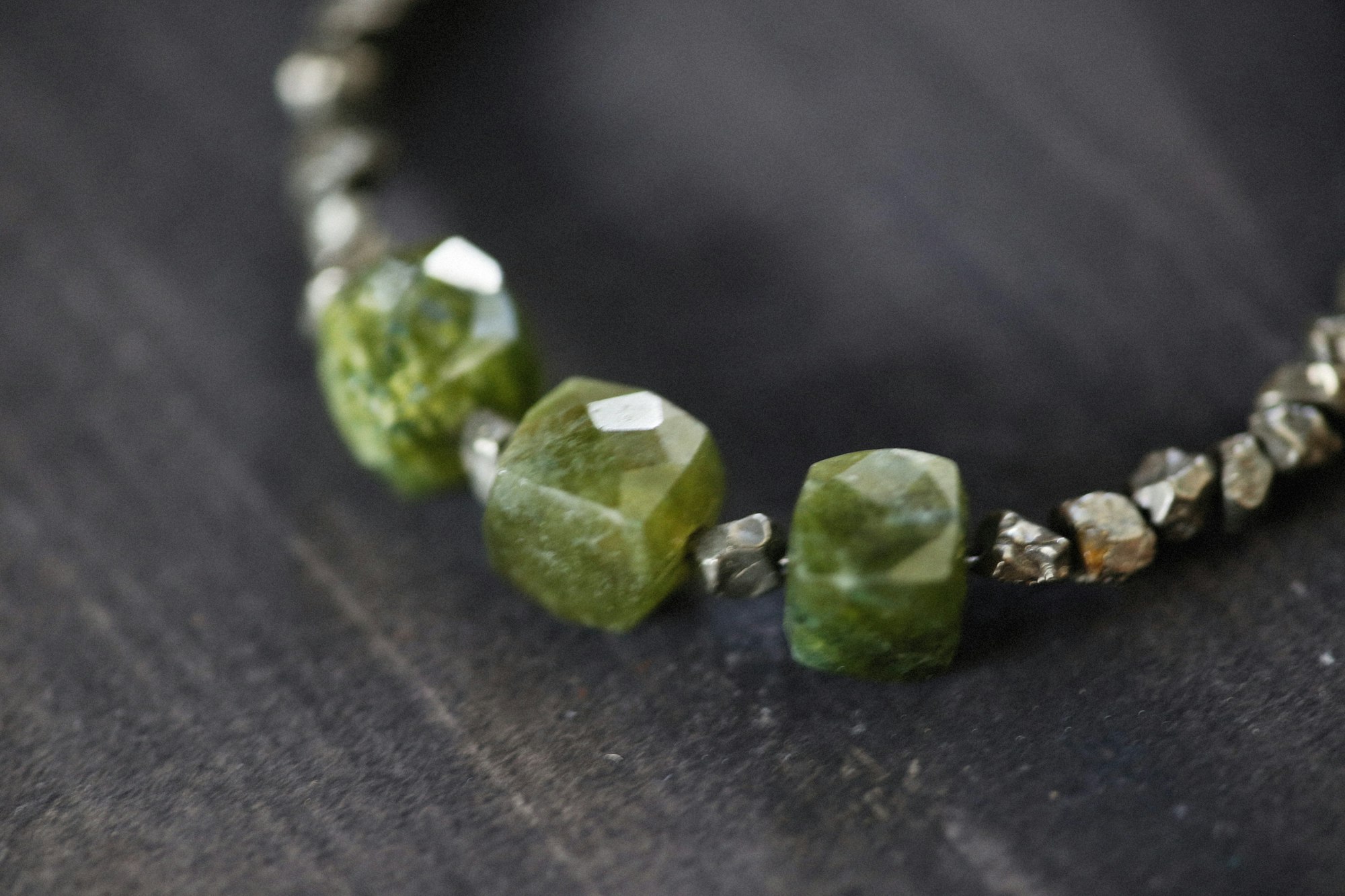Jade - Natural vs Treated
You can tell natural and treated jade by sound or UV light. Treated is brittle and the color will fade.

Why is Jade Treated?
One of the most durable gemstones known to man is Jade. There are two types of jade: jadeite and nephrite. The jadeite has higher gem quality while the nephrite is the more antiquity jade of the two jades. Jadeite is a very tough gemstone second only to its cousin nephrite.
A lot of poor jade that was deemed to be treated and not used for gem quality is very fractured. That's one of the reasons it can't be used for gem quality.
Many individuals are unaware that jade can be treated. It can be, and it frequently is, so be cautious.
How is Jade Treated?
Jadeite is frequently subjected to a couple of treatments to improve its quality, color and value.

The impregnation method begins by attacking the jade and removing some of the impurities. It becomes much more broken and porous as a result of the bleaching. It increases fracture, which permits the resin impregnated into the stone to operate so well in the second stage. It can infiltrate into all of the stone's fissures and fractures, as well as dye between the bleaching and impregnation processes. Rather with impregnation, which is evenly distributed throughout the stone, a dye is frequently utilized, which seeps right into the stone and can be painted in any design.
Jadeite is subjected to a Hydra bath and hydrochloric acid for months at a period, and this dissolves certain unwanted minerals in the rock, such as brown, gray, or black minerals, leaving behind holes, channels, and a network that resembles a human bones, which are spongy and cavernous, with wormholes running through them. This is similar to what happens to jadeite stones after the hydrochloric acid has eaten away at the minerals.
The next step is to impregnate Jade, which results in a bracelet that is exceedingly glassy and transparent, with no black, brown, or grey. Because the stone has been weakened by the acid bath, this bangle has lost its strength, and unlike a regular Jade bangle, it will break or crack when you knock it against your desk or smack your arm against the closet door one day.
Treated Jade is delicate, and if it has been dyed and polymer-impregnated, it will not only be brittle, but the color will fade.
Natural jade has been generated for thousands of years by the earth's heat and pressure. It will not fade nor crack. It's a gemstone, and every gemstone can shatter with enough force, but jade is a really difficult stone that requires a lot of force to break, whereas it doesn't take much force to break if it's been treated.
How to tell natural and treated jade?
1) Sound
Take some silk sewing thread and thread it through the bangle, then strike the bangle lightly with anything metallic or a pen and listen for the sound it makes - a mid to high pitched tiny tone.
The one that has been impregnated with both color and polymer will be flatter and lingering, rather than the high pitch.
When you strike a genuine untreated jade bangle, it produces a clean high tone that lingers in the air after you've removed the tuning fork, pen, or whatever you used to tap it with. That note persists in the air, but a polymerized, impregnated, dyed, or all of the above jade bangle will make a thud sound or, at best, a slightly higher pitch down, but the sound will die. The natural jade bangle rings like though you ran your finger around the rim of a crystal water cup after wetting it. It isn't 100 percent accurate, but it is a lot better than guessing.
2) UV light
Under UV light, the one that has been treated will glow fluorescently. The treated Jade will appear more bright in regular light, but the color will fade over time.

See more Jade at


